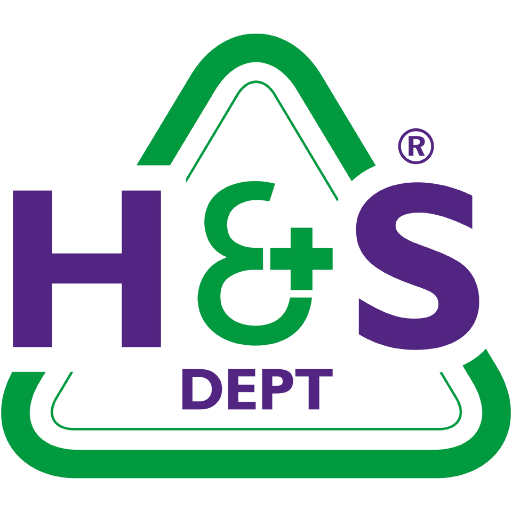September signals the return to school for many young people, but others may have come to the end of their education and might move into an apprenticeship.
As an employer you usually have the same responsibilities for apprentices as you would for your other employees. If you have an apprentice under the age of 18 you have the same responsibilities as you would for a young worker.
Legal responsibilities
Within your business, under health and safety law, you must ensure, so far as is reasonably practicable the health and safety of all employees, no matter their age.
A young person is classed as someone below the age of 18, but above the minimum school leaving age (MSLA) below which they would be classed as a child. Under the Management of Health and Safety at Work Regulations 1999:
“Every employer shall ensure that young persons employed by him are protected at work from any risks to their health or safety which are a consequence of their lack of experience, or absence of awareness of existing or potential risks or the fact that young persons have not yet fully matured.”
Furthermore, the regulations state that no young person should be exposed to:
- Extreme cold or heat
- Noise
- Vibration
However, a young person can be exposed to these conditions if:
- It is necessary for their training
- The young person is supervised by a competent person
- Any risk will be reduced to the lowest level that is reasonably practicable
Risk assess
Approaching risk assessments for young people or apprentices in the workplace should consider three levels of risk.
Low risk environments (e.g. shops or offices) should have sufficient arrangements in place for existing employees.
Less familiar environments (e.g. light packing or assembly facilities) should have risks managed through induction, training and supervision.
High risk environments (e.g. manufacturing, construction or agriculture) should have thorough induction, on-going training and supervision. All risks should be identified and managed to eliminate or minimise the risk to all.
In the news
At the end of last year, an engineering company was fined half a million pounds after a teenage apprentice severed a finger on a bandsaw and severely damaged another finger. Following their investigation, The Health and Safety Executive (HSE) established that the apprentice had only been given a brief period of verbal training before beginning to use the power tool.
Training and supervision
As shown in the news story, brief verbal training is not sufficient, especially in a high-risk environment. Whilst not all apprentices will be young people, in many cases they will be new to your type of workplace.
Apprentices should be given:
- Clear and sufficient instruction – ensure the apprentice understands what they are being asked to do. Are they aware of all hazards in the workplace? Do they know what health and safety precautions are in place to minimise risks?
- Training – the amount of training given should be proportionate to the risks (consider if it is a low risk or a high-risk environment).
- Supervision – young people will require more supervision than most adults. In doing so you will also be able to monitor the effectiveness of the training and address this as necessary.
Next steps
If you have an apprentice and would like support in ensuring they are kept healthy and safe in the workplace then The Health & Safety Dept are here to help. We can work with your business to tailor support where you need it.
Whether it’s risk assessments or accessing our easy to use eLearning courses for basic training we are just a click away. Examples of our courses include general workshop safety training and health and safety essentials training. For more bespoke help, give us a call or email today to get started.

